The Museum Complex of Arad is a collection of spaces with heterotopic institutional organization, consisting of: Archaeology – History Department, located on the second floor of the Palace of Culture, Department of Natural Sciences (same positioning, park entrance; immediately next kinema ikon has the office and archives), Art Museum on the second floor of a building which also houses the County Library, Lipova City Museum, Museum I. Slavici and E. Monția (hosted by Bohus Castle), Vine and Wine Museum Miniș and the Museum dedicated to the writer Adam Müller Guttenbrunn.
The Art Museum is a wagon-floor, with successive halls in which there are put together fragments of collections that diachronically reconstruct parts of the artistic local history between the eighteenth and twentieth centuries, ending with Wunderkammer, self-archiving exhibiting project of kinema ikon and followed by a white cube for temporary events.
R.A.M. lists all over again the permanent exhibition interposing various media objects from our times based on the thesis of hyper-photographic vision that amplifies or atrophies whatever already exists in the space. The festival works by addition, being composed of several layers (dynamic photo-forms – installations and photography, ]hiatus[ – an edition of Salon Video series, media art http projects and the theoretical workshop Towards The Newly Untitled – mixed techniques and combinatorial aesthetics) coming to sit on top of the museum’s permanent layer.
I think someone told me, I’m not sure, maybe I heard that in a completely different place, that a good portion of the main collection of the former Pinacoteque established in 1913 came to be restituted and the Art Museum recomposed from multiple sources a collection of cultural objects which came together partly by chance. History which emphasizes absences, of auto-generated importance, the permanent exhibition reopened in 2013 emphasizing the local lineages and well hiding the panic and fragility of the random.
While walking across R.A.M., I have constantly under my eyes two layers that mirror each other: the works of today, temporarily installed, most of them pivoting in a regime of slow media that makes them almost like paintings, and objects that are at home, whose networking and particular histories are unfamiliar to me (portraits, landscapes, everything starts to become familiar from the ’70s onwards, once with kinema ikon history). In terms of what I remember or imagine that I know about the museum, I join them in the background as a manifestation of randomly accessed memory.
The Museum Complex is also the name of an art exhibition important for the recent Romanian art, made in 1996 by Judit Angel exactly in this wagon-space, starting from a similar principle of symmetry, where the two sets of artists (Romanian and Austrian citizens) were critically responding in one part of the museum to the collection exhibited in the other part. The pieces of th Complex, scattered in Arad’s city centre of imperial influence and in neighboring localities, were marking the symbolic geography of the border city between East and West, at a time when Europe ended with Austria and the artists wanted to be in the museum and wanted to be in Europe.
Now the museum’s photo archive between 1985-2014 is placed by Florin Hornoiu on a table at the entrance to Hall 1 of the permanent collection. You can search through the sea of photos printed in the photo-lab and monitor the random setup of the people who attended the openings, over time, permutations of faces from one image to another. With simplicity they add to all the other layers their fundamental connotation, the one of a constant specific activity, they are an archive without a museum but about museography. When Hal Foster writes about the archive without a museum in 1996, wondering Might visual culture rely on techniques of information to transform a wide range of mediums into a system of image-text – a database of digital terms, an archive without museums?, he refers to the relationship between memory activated and objectually built in the real space of the museum and its rewriting in hypertext. Only now, when browsing the media art festival website, by revisiting paintings and other objects from the permanent collection filed under participants chapter, certain placements ghostly come back to me in my mind, or at least so it seems. And I can not let go the feeling that, wandering through R.A.M. I have participated to the physical migration of the old museum into hypertext, while the surveillance ladies were already anticipating the failure of the first DVD.
R.A.M. Media Art Festival and the exhibition were at the Art Museum in Arad between October 17 – November 14, 2014.
English translation by Ramona Dima.
POSTED BY
Simona Dumitriu
Simona collaborated until 2015 with Ileana Faur, Marian Dumitru and Claudiu Cobilanschi at Spațiul Platforma, an artist-run space supported by the National Museum of Contemporary Art / MNAC in the An...
www.poetrybody.wordpress.com

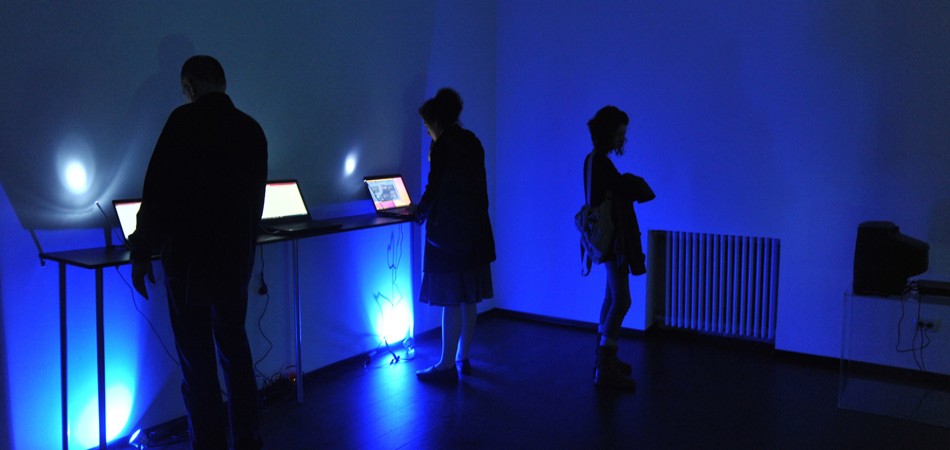
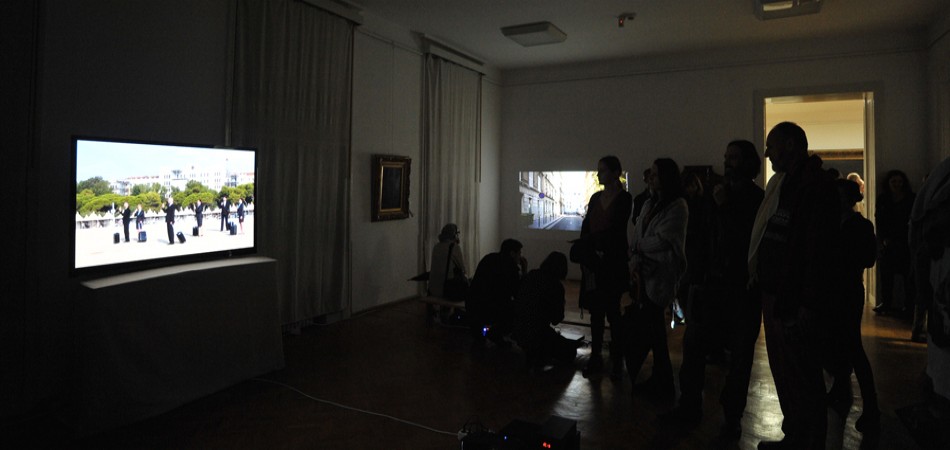
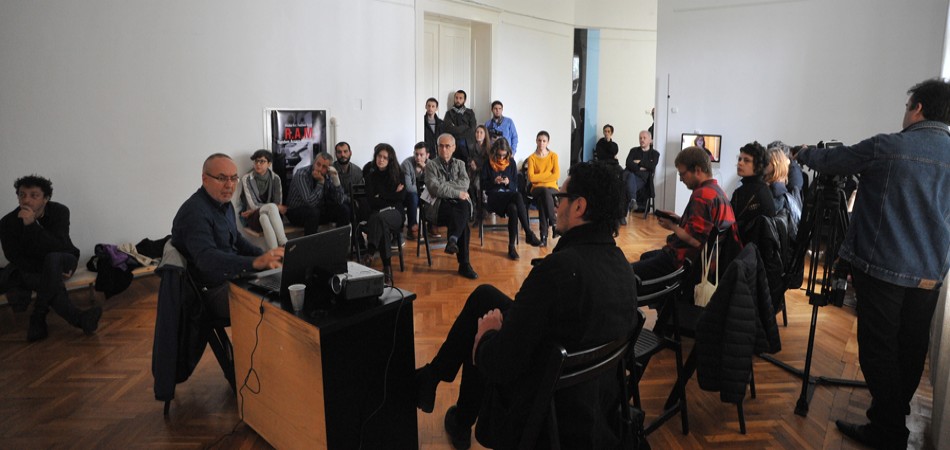
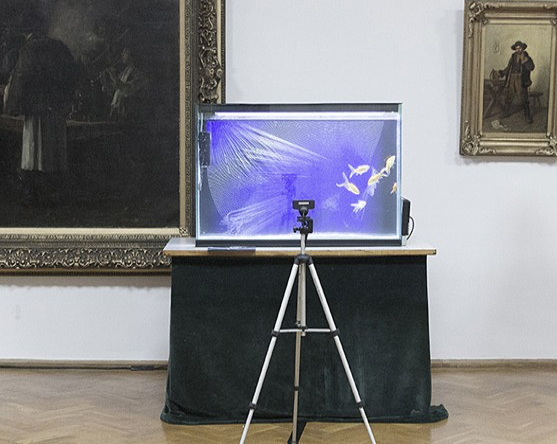
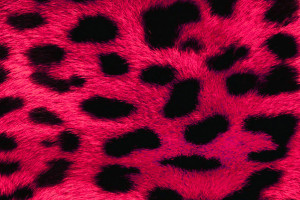
Comments are closed here.